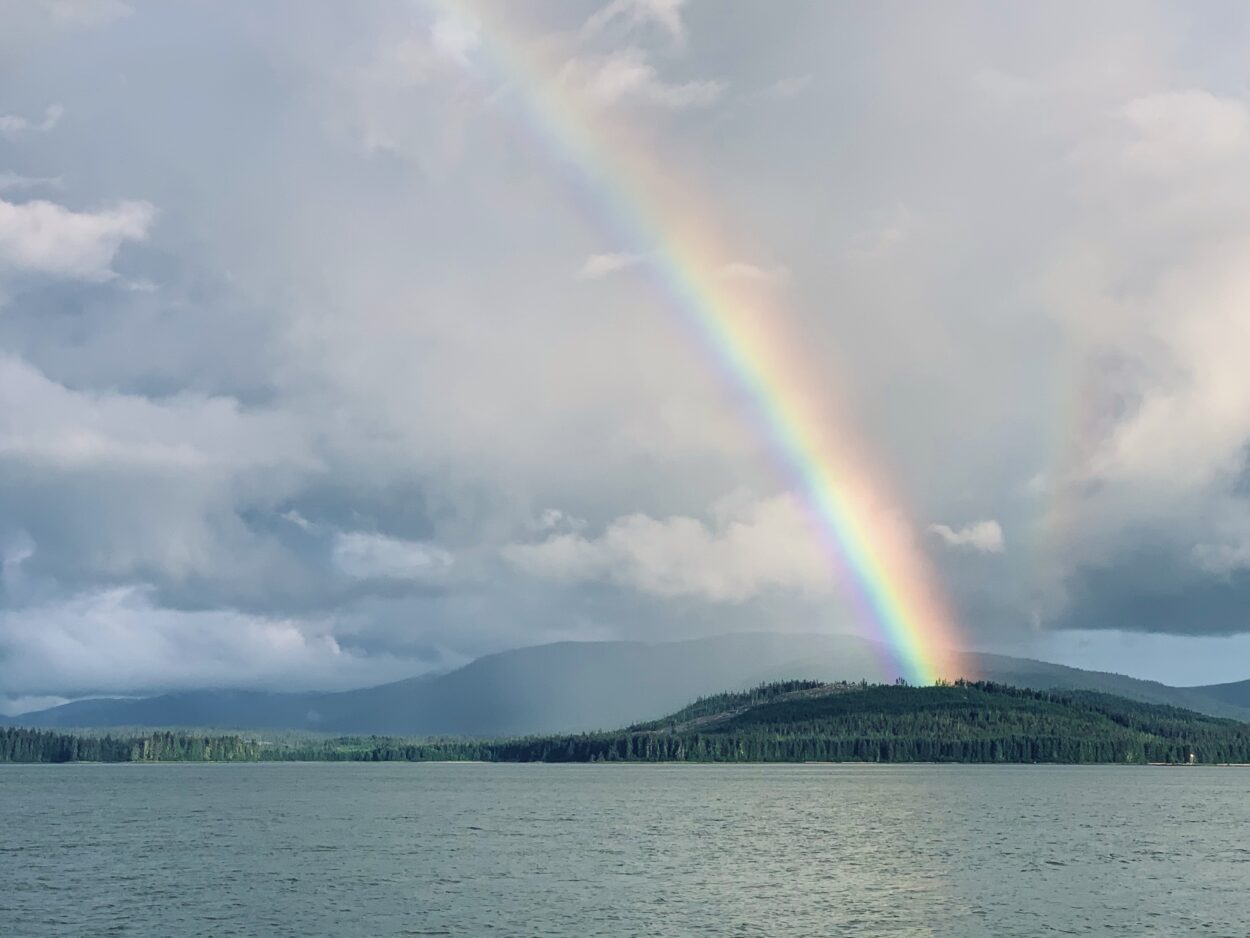
The U.S. Forest Service is asking the public to get involved in creating a 10-year forest management plan for the Tongass National Forest in Southeast Alaska.
The federal agency will be holding in-person workshops, virtual webinars and community gatherings through June.
The project is called the Southeast Alaska Sustainability Strategy – Forest Management (SASS-FM for short).
Paul Robbins Jr. is a spokesperson for the Forest Service. He talked with CoastAlaska’s Angela Denning about the public engagement effort. He says the federal agency is working from the ground up.
Here is a link to the project’s comment box.
Robbins: In the past, the way the Forest Service worked, right, is we would come out with a 10-plan. And we would be open to public comment. But it would be public comment on a 10-year plan that the Forest Service created. In this case, there is no plan. We’re asking, instead of commenting on a plan we made, that the public help us make the plan. The overall goal is for us to work with our tribes, partners and communities to put together the full range of forest management activities, and complete them in a way that meets the greatest diversity of public needs. That would be the goal of SASS-FM. And we’re excited to get started. And we hope as many people as possible, come out and talk to us and take part in this process.
Denning: What would you ideally like to see with this public engagement process?
Robbins: Well, we have a couple of different things that we’re trying to get out of it, right. So we want all the organizations that I mentioned to tell us what they want to see from forest management on the Tongass. What are the outcomes that they want to see for themselves and their communities and, and their organizations. And then we also have a separate ask in there of identifying specific projects and locations where we can work collaboratively to get things done. SASS-FM, Southeast Alaska Sustainability Strategy Forest Management, that’s a big term, right? That is all about integration, integrated work, multiple resource activities down to one effort to reach ecological, economic and cultural benefit. So we want them to talk about what the overall outcomes they want to see. We also want to know specifically where and what they want us to do as far as forest management. And we also are taking comments and put on our what we call our assessment tool, which is a list of drafted criteria of what would move a project potentially to the top of our priority list for that 10-year plan.
Denning: Can you give me some examples of projects that might be included in this?
Robbins: Well, under forest management, you’re talking everything from thinning, which is, you know, harvesting of trees and a stand for the overall health of the ecosystem and the health of the trees that are supposed to be there to watershed restoration, wildlife habitat enhancement, road building, there’s so many factors that go into what we do for forest management on the Tongass because we’re a multiple use forest. On the second ask, we’re actually asking for specific projects. What work do you want us to do? And where? And how can we do it to where we’re getting multiple resource activities done at once, and the most beneficial way possible?
Denning: So you’re taking public input in these kind of live public meetings, but also people can contribute just by themselves online?
Robbins: You know, the public meetings, like the first 10 minutes or so is going to be us giving a presentation on what this effort is because not everybody, you know, will see the press release or the stories or we’re hearing so we definitely got to break it down. And then the majority of the meeting is just us answering questions and helping them work through this story map tool for submission, where we’re trying to keep it all focused in it’s very easy to use an effective tool to take in all this information.
Denning: Okay, how long do you think this process is going to last? Like, how far out are you scheduling?
Robbins: Right now, we’re looking to do this all the way through the end of June and could go longer than that because I mentioned the tribal consultations, which are a legal requirement and we’re going keep doing this until all of those are done. But we’re hoping around June 30 is when we can be wrapping up most of this.










